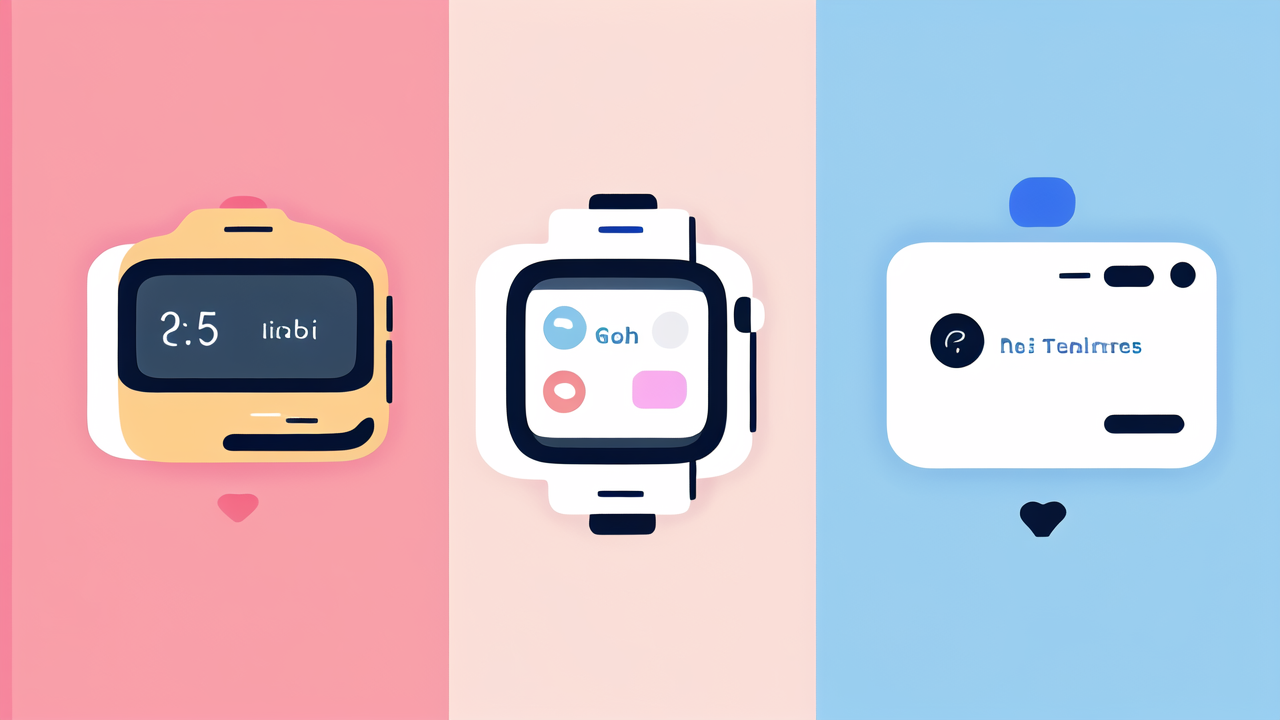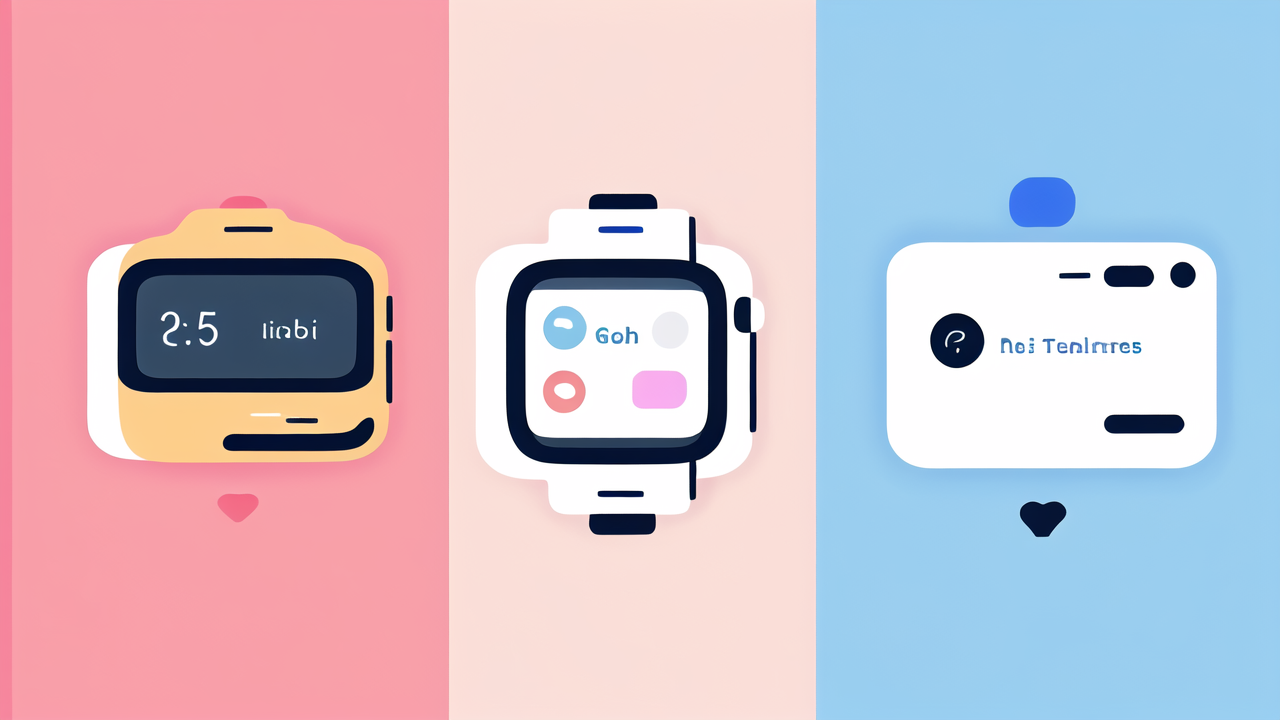Understanding Smart Band Market Dynamics
Evolution of the Smart Band
Smart bands have come a long way since their inception. They started as simple step counters. Now, they're advanced health monitors. Early models could only track steps and calories. Today's smart bands offer heart rate monitoring, sleep tracking, and more.

The tech behind smart bands has improved rapidly. Sensors have become more accurate. Batteries last longer. Displays are clearer and more responsive. Some smart bands now rival the features of full-fledged smartwatches.
Smart bands have also become more stylish. They're no longer just for fitness buffs. Many people wear them as fashion accessories. This broader appeal has helped drive market growth.
The Rise of Fitness and Lifestyle Wearables
Fitness and lifestyle wearables have seen a surge in popularity. Smart bands lead this trend. They offer a perfect blend of functionality and simplicity. Users can track their health without the complexity of a smartwatch.
The COVID-19 pandemic boosted interest in health tracking. People became more aware of their physical well-being. Smart bands provided an easy way to monitor vital signs. This led to increased sales and market growth.
Lifestyle integration is another key factor. Smart bands sync with smartphones. They provide notifications and control music playback. This makes them useful beyond just fitness tracking.
Market Leaders and Innovators in Smart Bands
Several companies dominate the smart band market. Fitbit was an early pioneer. They set the standard for fitness trackers. Xiaomi offers budget-friendly options with impressive features. Garmin caters to serious athletes with advanced metrics.
Apple's influence can't be ignored. While they don't make a dedicated smart band, their Apple Watch has reshaped the market. It's pushed other companies to innovate and add more features.
Some brands focus on niche markets. Whoop targets serious athletes with its subscription model. Oura Ring offers a unique form factor for sleep tracking. These innovators keep the market dynamic and competitive.
Analyzing Consumer Behavior and Preferences
What Drives Consumers to Purchase Smart Bands?
Health consciousness is a major driver for smart band purchases. People want to track their steps, heart rate, and sleep patterns. This data helps them make informed decisions about their lifestyle.

Affordability is another key factor. Smart bands are often cheaper than smartwatches. They offer many of the same features at a lower price point. This makes them attractive to budget-conscious consumers.
Ease of use is also important. Smart bands are simpler than smartwatches. They have fewer features, but they're easier to navigate. This appeals to users who want basic tracking without complexity.
Key Consumer Segments for Smart Bands
Fitness enthusiasts form a core segment of smart band users. They use the devices to track workouts and monitor progress. Features like heart rate monitoring and GPS are important to this group.
Health-conscious individuals make up another key segment. They use smart bands to track daily activity and sleep patterns. These users often skew older and are interested in preventive health measures.
Tech-savvy millennials and Gen Z users are also significant. They appreciate the smart features and smartphone integration. For them, smart bands are as much about convenience as fitness tracking.
The Impact of Brand Recognition on Smart Band Sales
Brand recognition plays a crucial role in smart band sales. Established brands like Fitbit and Garmin have loyal customer bases. Their reputation for quality and reliability drives repeat purchases.
New entrants often struggle to gain market share. They need to offer unique features or significantly lower prices. Some succeed by targeting niche markets or partnering with established brands.
Marketing and endorsements also impact sales. Fitness influencers and athletes often promote smart bands. This can sway consumer choices, especially among younger demographics.
Evaluating the Competitive Landscape
How Smart Bands Compare to Fila Watches and Smart Watches
Smart bands offer simplicity and focus. They excel at fitness tracking and basic notifications. Fila watches, being traditional timepieces, offer style but lack smart features. Smartwatches provide more functionality but are often more complex and expensive.

Battery life is a key advantage for smart bands. They can last for days or weeks on a single charge. Smartwatches typically need daily charging. Fila watches, being analog, don't require charging at all.
Size and comfort are other factors. Smart bands are usually smaller and lighter than smartwatches. This makes them more comfortable for all-day wear. Fila watches vary in size but lack the health tracking capabilities.
Unique Selling Propositions of Smart Bands
Affordability is a major selling point for smart bands. They offer core fitness tracking features at a lower price than smartwatches. This makes them accessible to a wider range of consumers.
Simplicity is another key advantage. Smart bands focus on essential functions. They're easier to use and less distracting than feature-packed smartwatches. This appeals to users who want basic tracking without complexity.
Specialized tracking is also a unique feature. Some smart bands excel in specific areas like sleep tracking or heart rate monitoring. This specialization can make them more attractive than generalist devices.
Future Predictions: Where is the Smart Band Market Heading?
Integration with health services is likely to increase. Smart bands may connect directly with healthcare providers. This could enable real-time monitoring and early detection of health issues.
Advances in sensor technology will improve accuracy. Future smart bands may track more health metrics. Blood pressure, blood sugar, and hydration levels could become standard features.
Customization and personalization will likely grow. Smart bands may offer more ways to tailor the experience to individual needs. This could include AI-driven insights and recommendations.
The line between smart bands and smartwatches may blur. Smart bands may add more features while maintaining simplicity. This could create a new category of "hybrid" wearables.
In conclusion, the smart band market continues to evolve. It faces competition from smartwatches but maintains unique advantages. The focus on health tracking and simplicity will likely drive future innovations in this space.




Leave a comment
This site is protected by hCaptcha and the hCaptcha Privacy Policy and Terms of Service apply.